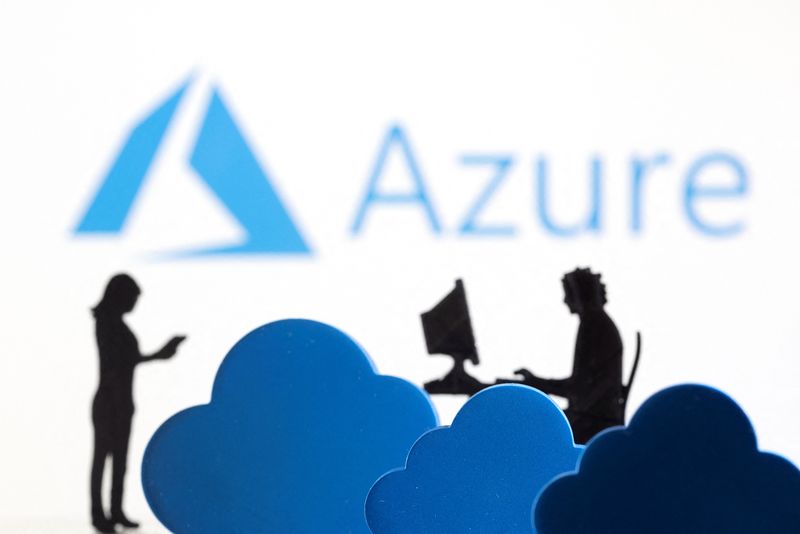On October 29, 2025 a Microsoft cloud outage disrupted Azure and Microsoft 365 for thousands, exposing risks to AI driven automation. Downdetector logged about 16,600 Azure reports and nearly 9,000 Microsoft 365 reports. Businesses should adopt redundancy and incident response procedures.

On October 29, 2025 a widespread Microsoft cloud outage disrupted Azure, Microsoft 365 and related services, leaving thousands unable to access cloud hosted apps and collaboration tools. Downdetector recorded roughly 16,600 reports for Azure and nearly 9,000 reports for Microsoft 365 while Microsoft acknowledged an investigation into Azure Portal access issues. Could a configuration issue at a single cloud provider become the weakest link for enterprise AI and automation projects?
Cloud platforms like Microsoft Azure host critical infrastructure for modern businesses including data storage, AI model hosting and automation workflows. The Azure Portal is the web interface customers use to manage resources, deploy applications and monitor services. When a portal or underlying platform fails it can prevent operators from accessing systems, pausing deployments and stopping automated processes that many teams treat as essential.
Downdetector aggregates user reports from multiple sources to provide near real time cloud outage signals. Independent reporting and status updates for this incident suggested a configuration issue triggered the disruption. For organizations that rely on a single cloud provider for production model serving or automated orchestration, even a brief outage can cascade into halted services and missed business SLAs.
So what does this outage mean for businesses running AI and automation in the cloud?
Many AI projects rely on cloud hosted models managed pipelines and automated triggers that assume continuous platform availability. An Azure outage that blocks portal access or API calls can stop data flows pause model training and prevent automated interventions. That translates directly to lost productivity delayed customer responses and potential revenue impact. Teams should invest in uptime monitoring tools and real user monitoring to detect business impact early.
This event underscores how concentrated risk can be when compute storage and collaboration tools are all provided by one vendor. Even if compute nodes remain healthy if management layers or identity systems fail normal operations can stall. Organizations should treat provider outages as an inevitable operational hazard not a rare anomaly and consider infrastructure diversification across providers or hybrid approaches.
Consolidating on one cloud often aims to reduce costs and complexity. However remediation after an outage customer support manual workarounds SLA credits and reputational damage can outweigh single cloud efficiencies. For automation pipelines where time to resolution matters the financial and customer trust costs can be significant.
Businesses should adopt resilience measures tailored to AI and automation workloads. Recommended steps include:
These measures align with current trends in SEO and operational resilience where visibility into uptime and business impact is becoming as important as algorithm performance. Organizations that plan for cloud outages can reduce downstream disruption maintain trust with customers and protect revenue.
The October 29 outage is a timely reminder that cloud platforms while powerful enablers of AI and automation are not failproof. For enterprises the strategic question is not whether to use cloud services but how to architect systems so that a single provider interruption does not halt business critical automation. Businesses should review redundancy incident playbooks and recovery SLAs now before the next outage tests their assumptions.



